(First upload on October 12 2009. Last on October 28 2017) [ 日本語 | English ]
Calamagrostis epigeios (L.) Roth
Mount Usu / Sarobetsu post-mined peatland
From left: Crater basin in 1986 and 2006. Cottongrass / Daylily
HOME > Plant list (植物リスト) > Poaceae (Gramineae) (イネ科) > Calamagrostis epigeios
Calamagrostis Adans. (ノガリヤス)Yama-awa (ヤマアワ, 山粟), chee reedgrassLifeform: perennial grass Distribution: widespread in the temperate regions of the Northern Hemisphere Habitat: grasslands, common on the volcano Mount Usu in the early stages after the succession Chromosome number: 2n = 28, 42 or 56 |
Synonyms:
Deyeuxia epigeios (L.) Mabb., often used ssp. extremiorientalis Tzvelev (イヌヤマアワ) ssp. glomerata (Boiss. et Buhse) Tzvelev ssp. epigeios,the type |
|
Calamagrostis epigeios in Hokkaido
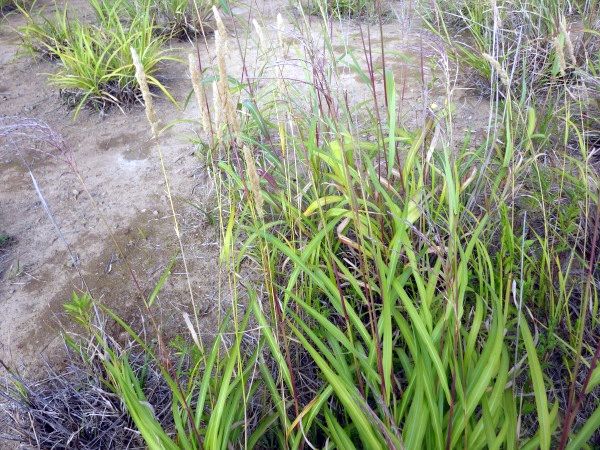 1
1
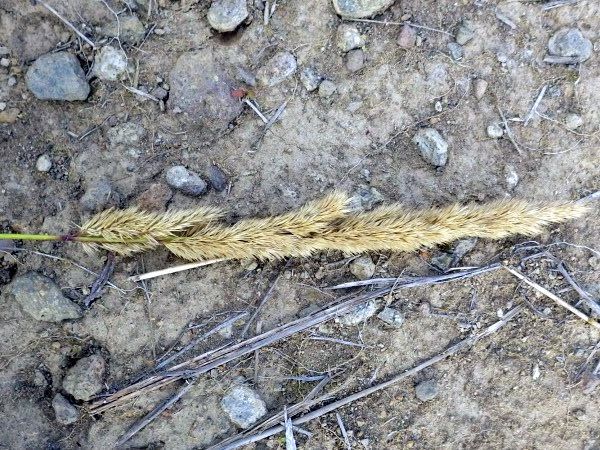 2
2
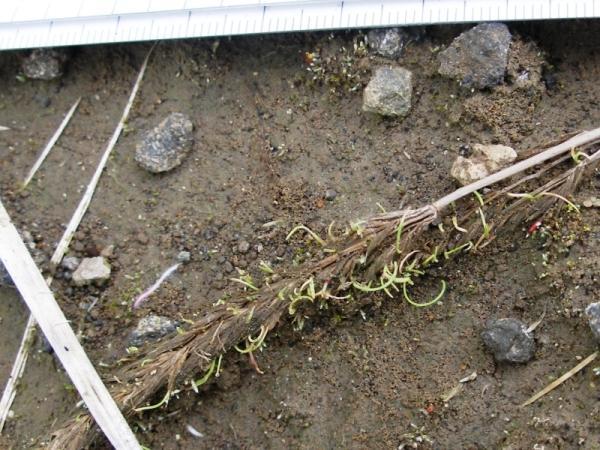 3
3
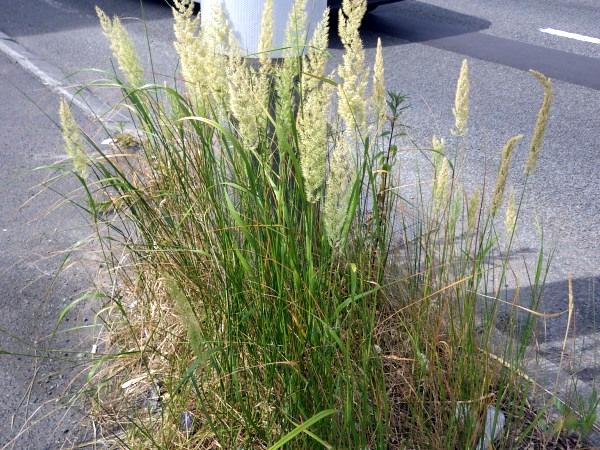 4
4
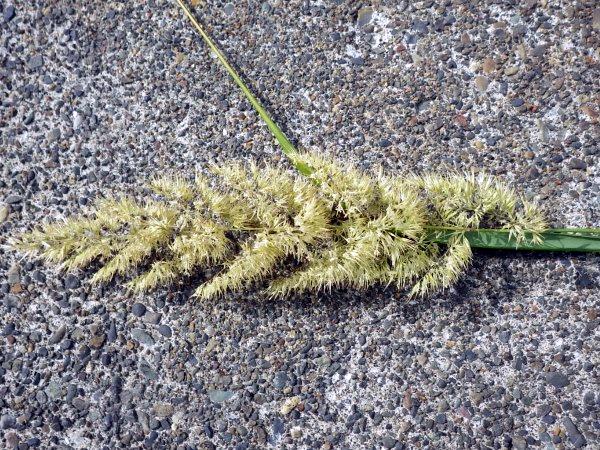 5
5
[1/2] established with Miscanthus sinensis in the Nishiyama Craters on August 30 2017. [3] seedlings emerged directly from spikes. Near the Nishiyama Crater on June 20 2006. ⇒ Flora on Mount Usu. [4] along the Sosei River, N22E1, East Ward, Sapporo, on July 9 2014. Discarded: on the foot of Nishiyama Craters on September 9 2009. Record: on a small hill in an area for establishing a thermal power plant on the Okotsu District (興津) of Kushiro City, western Hokkaido, on September 26 2017. Along a walkboard in a post-mined peatland near Sarobetsu Visitor Center, northern Hokkaido, on August 13 2021. Near Hakone Climbing Cable Car Koen-shimo Station, Hakone, on August 20 2021.